If you have been enjoying photography as a hobby for a while there is a good chance you've read about white balance, and how it is important to get the right white balance for your images. From a technical standpoint white balance controls on your camera are designed to make objects that appear white to your eye, look white in your final image. From that standpoint finding the correct white balance meanings make white look, white (or 18% gray in the case of cameras).
Setting the right white balance is important for jpeg shooters, because white balance cannot be adjusted, without loosing detail in photo editing software. For photographers that use a RAW file format this less less important, but can be a great time saver in post production. But what if there was another, creative, way to use white balance in an image?
So what are some of the ways you can creatively use white balance in your image making process? One way of using white balance creatively is to use it to set the mood or feel of the image. Below are some examples of how the white balance can effect the mood and look of an image. All of the images were taken on the same day, within a 5 minute time period, with some minor changes in the light.
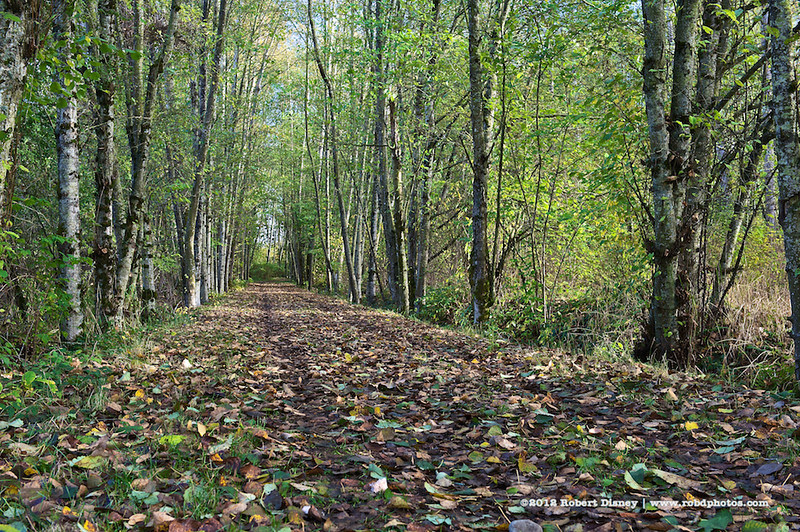 |
| Auto White Balance |
The first example was taking using auto white balance, the tone and mood of the image is somewhat flat, and doesn't reflect the feeling of the moment at all. Auto white balance can be very effective, particularly in situations where you are working with quickly changing light. Where auto white balance can fall short is in actually finding 18% gray. On my camera images taken with auto white balance always look a little colder than the scene appears to the eye. So what happens when manual or hard settings are applied?
 |
| Sunny/Daylight White Balance |
This image was taken using the cameras Sunny or Daylight white balance preset. The image has a warmer feel, closer to what could be seen with the naked eye, than auto white balance. The question is, does having the right white balance match or portray the feel of the scene? In this case, as an image maker, sunny white balance just did not seem to be right.
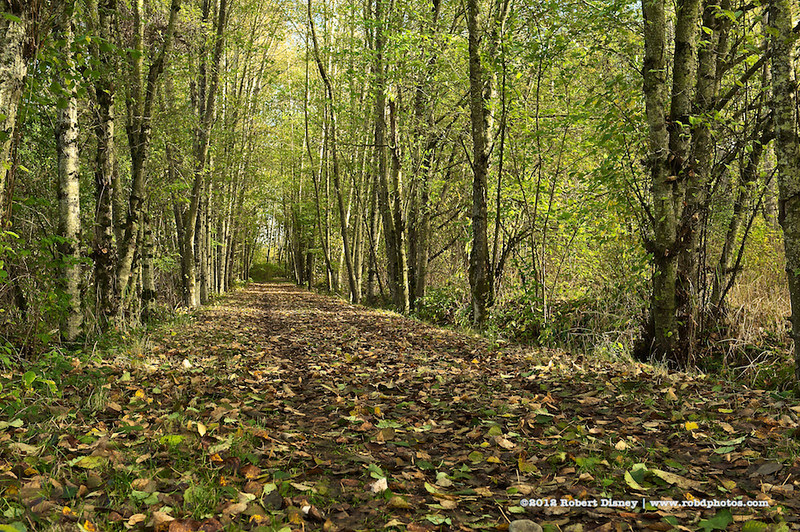 |
| Cloudy White Balance |
In this scene there isn't a huge difference between the daylight and cloudy white balance, but the cloudy white balance does seem a little warmer. What the cloudy white balance has done best is bring out the yellows, reds and brown tones in the image. This white balance setting could be described as the closest to what was seen with the naked eye, at the time this image was made. The question is, does it match the mood? Again the answer to me was no.
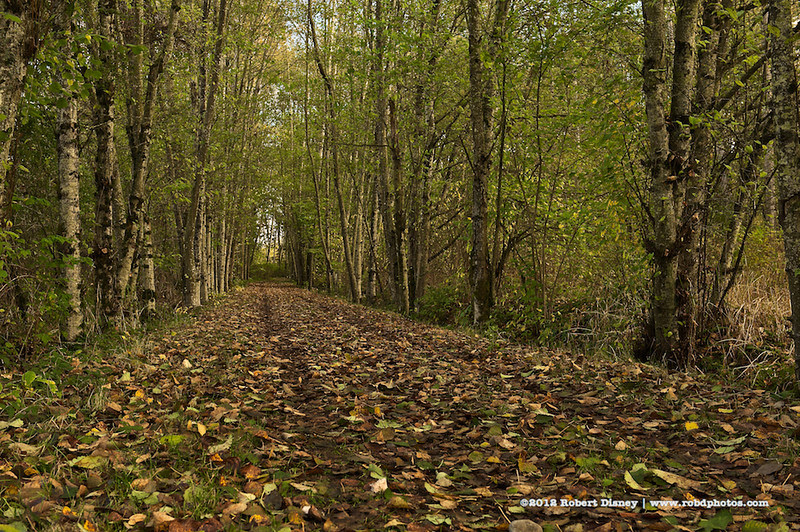 |
| Shady White Balance |
The shady white balance warms the image up a great deal, and from my point of view matched the feel of the moment the best. The feel of the image, in this case, was also changed by the fact that the sun went behind a cloud bank. The shady white balance greatly enhances the warm earth tones in the image.
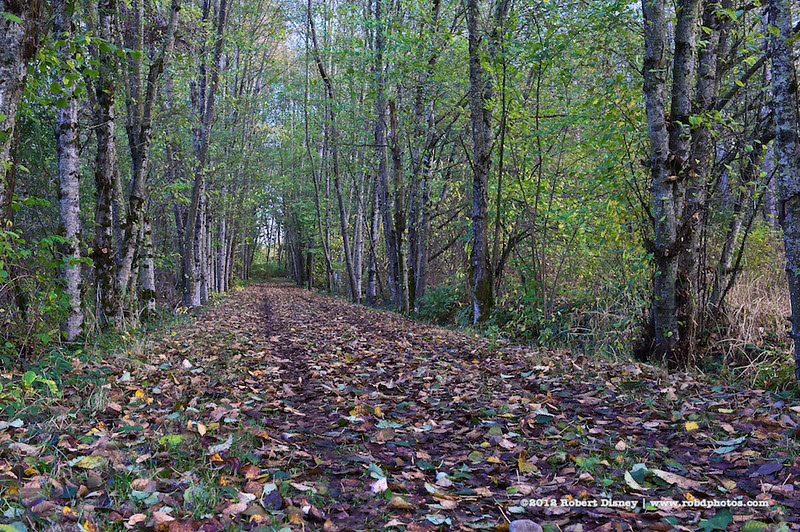 |
| Florescent White Balance |
Moving on to florescent white balance, which normally would be used counter indoor lighting. This setting can a somewhat creative use for landscape shots, giving them a slightly cooler look than the auto white balance.
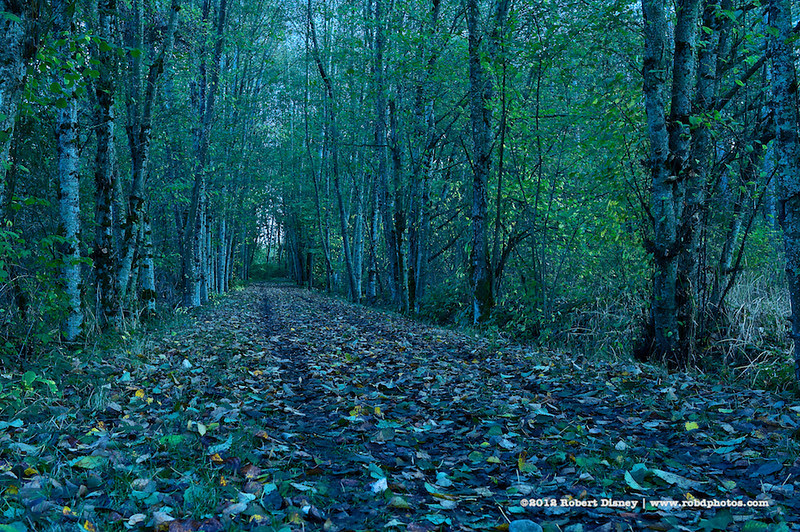 |
| Incandescent |
Last, but not least is the incandescent white balance setting, again designed for use with indoor lighting. This setting gives an even cooler feel to the image. The florescent and incandescent settings could be used, in a creative way, to pass on the feeling of a cold fall or winter day. The incandescent gives the image a strong blue tone, so use it sparingly, specifically with images that already have a large amount of blue objects.
White balance settings can be used in several ways by a photographer, either to make white objects look white, or in a more creative manner. When you make an image, don't just think about composition, aperture, shutter speed and ISO, also consider what you can do with white balance to either set or show the mood of the scene you are trying to capture. Colour speaks, because it is a result of light, remember that and you'll have another creative tool in your photography tool box.
No comments:
Post a Comment